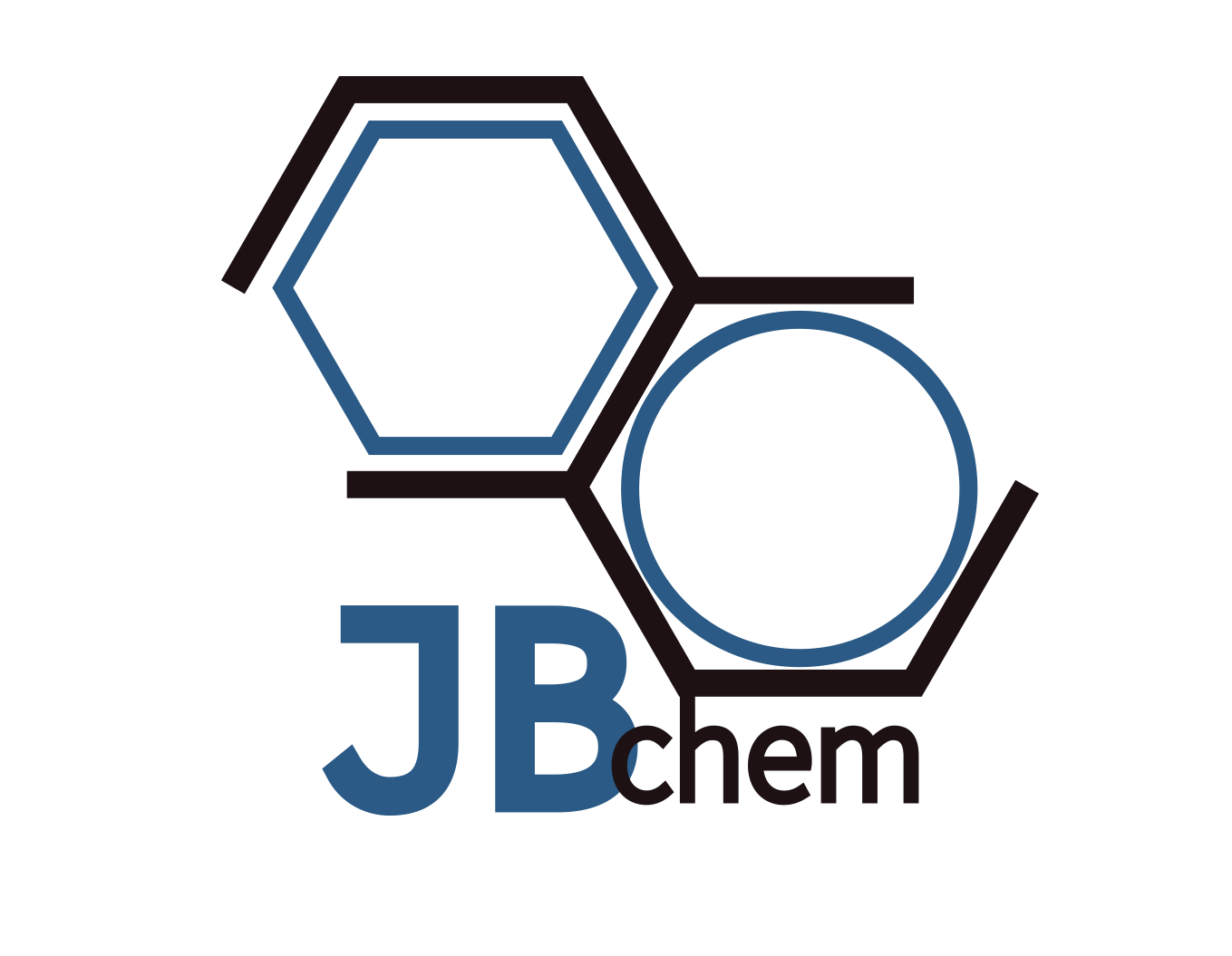Product Properties
Product:Yttrium Chloride
Formula: YCl3.6H2O
CAS No.: 10025-94-2
Molecular Weight: 303.26
Density: 2.18 g/cm3
Melting point: 721°C
Appearance: White crystals or chunks
Specification of Yttrium Chloride
| Product Code | Yttrium Chloride | ||||
| Grade | 99.9999% | 99.999% | 99.99% | 99.9% | 99% |
| CHEMICAL COMPOSITION | |||||
| Y2O3/TREO (% min.) | 99.9999 | 99.999 | 99.99 | 99.9 | 99 |
| TREO (% min.) | 35 | 35 | 35 | 35 | 35 |
| Loss On Ignition (% max.) | 0.5 | 1 | 1 | 1 | 1 |
| Rare Earth Impurities | ppm max. | ppm max. | ppm max. | % max. | % max. |
| La2O3/TREO CeO2/TREO Pr6O11/TREO Nd2O3/TREO Sm2O3/TREO Eu2O3/TREO Gd2O3/TREO Tb4O7/TREO Dy2O3/TREO Ho2O3/TREO Er2O3/TREO Tm2O3/TREO Yb2O3/TREO Lu2O3/TREO | 0.1 0.1 0.5 0.5 0.1 0.1 0.5 0.1 0.5 0.1 0.2 0.1 0.2 0.1 | 1 1 1 1 1 2 1 1 1 2 2 1 1 1 | 30 30 10 20 5 5 5 10 10 20 15 5 20 5 | 0.01 0.01 0.01 0.01 0.047 0.005 0.01 0.001 0.005 0.03 0.03 0.001 0.005 0.002 | 0.03 0.03 0.03 0.03 0.03 0.02 0.1 0.05 0.05 0.2 0.3 0.03 0.03 0.03 |
| Non-Rare Earth Impurities | ppm max. | ppm max. | ppm max. | % max. | % max. |
| Fe2O3 SiO2 CaO Cl- CuO NiO PbO Na2O K2O MgO Al2O3 TiO2 ThO2 | 1 10 10 50 1 1 1 1 1 1 5 1 1 | 3 50 30 100 2 3 2 15 15 15 50 50 20 | 10 100 100 300 5 5 10 10 15 15 50 50 20 | 0.001 0.27 0.02 0.05 | 0.02 0.05 0.05 0.1 |
Application of Yttrium Chloride
Materials Science and Ceramics: In materials science, yttrium chloride is used to produce yttrium-stabilized zirconia (YSZ), a type of ceramic known for its high thermal and chemical stability. YSZ is widely used in fuel cells, oxygen sensors, and as a thermal barrier coating in gas turbines.
Phosphors and Lighting: Yttrium chloride serves as a precursor in the preparation of yttrium-based phosphors used in lighting and display technologies. When doped with rare earth elements like europium, it can produce red phosphors for LED lights and other display devices.
Metal Organic Frameworks (MOFs): Yttrium chloride is utilized in the synthesis of Metal Organic Frameworks, a class of highly porous materials that have potential applications in gas storage, separation technologies, and catalysis. MOFs incorporating yttrium can exhibit unique chemical and physical properties useful for these applications.
Catalysis: In the field of catalysis, yttrium chloride can act as a catalyst or a co-catalyst in various organic reactions, including polymerization and the synthesis of fine chemicals. Its role often involves influencing the reaction pathway or enhancing the efficiency of the process.

